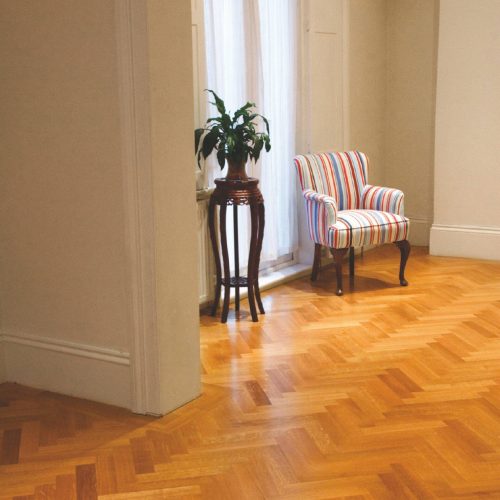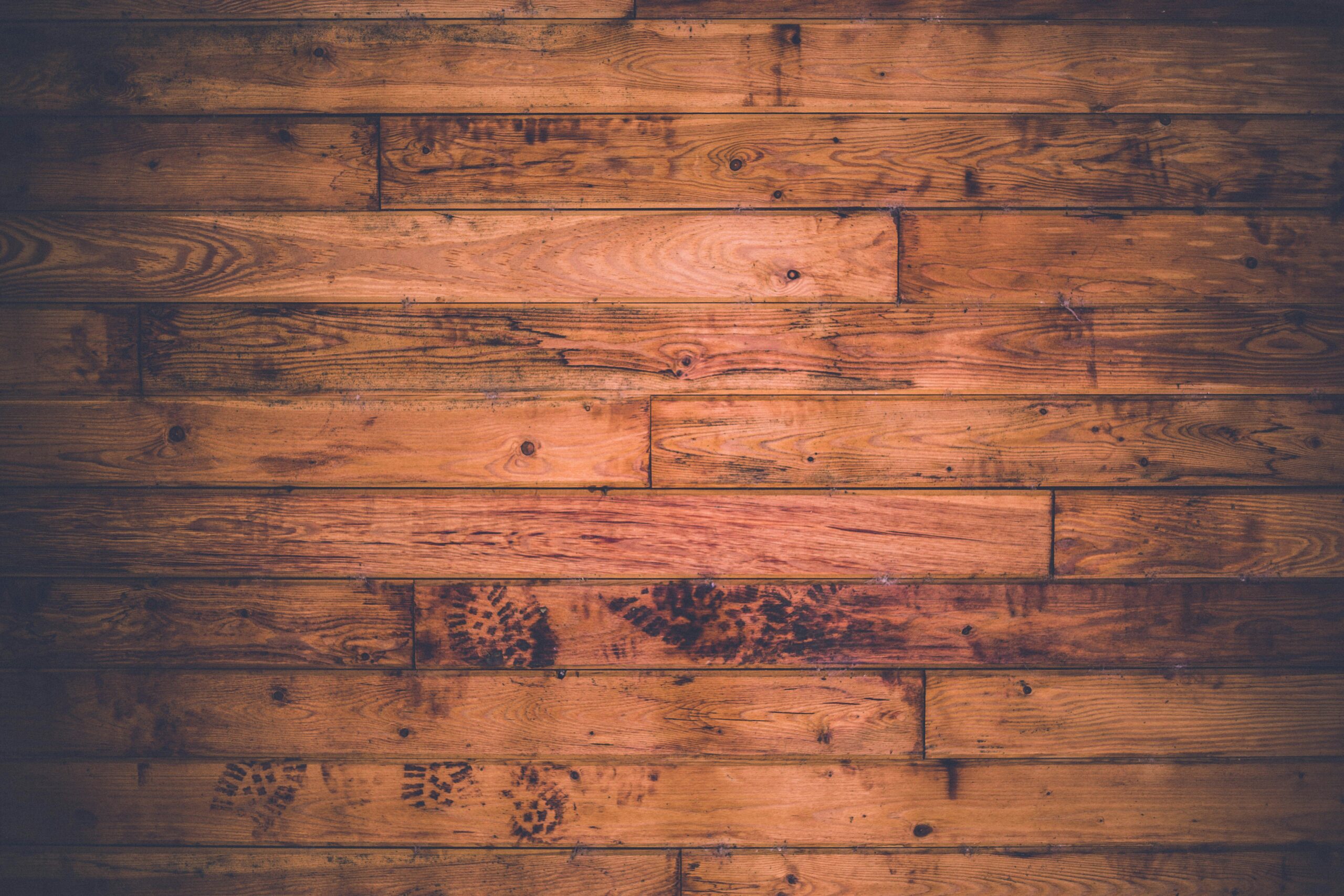
We use a variety of techniques in the finishing process, and they have all been tested to ensure a super tough finish regardless of colour. Machine wax oiled finishes are not the same as hand wax oiled finishes, as they dont leave enough wax oil on the boards. The same applies for UV finishes as they are only putting on microns of finish in a single pass.
Hand finishing is a lengthy process, but one which delivers a finish that is unrivalled.

Wooden subfloors of any nature must be level to within plus or minus 3mm over a two-metre span, must be securely fixed and any rotten floorboards replaced prior to installation of a hardwood floor. It is also a good idea to test the moisture content of the wooden sub floor using a protimeter. The sub floor moisture content should be within 4% of your hardwood flooring to avoid over expansion or contraction.
Existing “Parquet Block” flooring is not a suitable subfloor for any hardwood flooring and must be lifted prior to fitting a new floor.
As with any other sub floor, joists or battens must be level to within plus or minus 3mm over a two–metre span. The distances between the joists or battens will determine the amount of fixings that can be used (you can only nail where there is a joist). Solid floors must be fixed every 250mm – 300mm and 20mm engineered floors every 400mm. Most houses in the UK have joists that are 16 inches or 400mm apart.
If you are fixing a hardwood floor to battens on top of an existing concrete or screed sub floor, the concrete/screed must comply with the conditions stated above.

© TURGON LTD, All rights reserved.